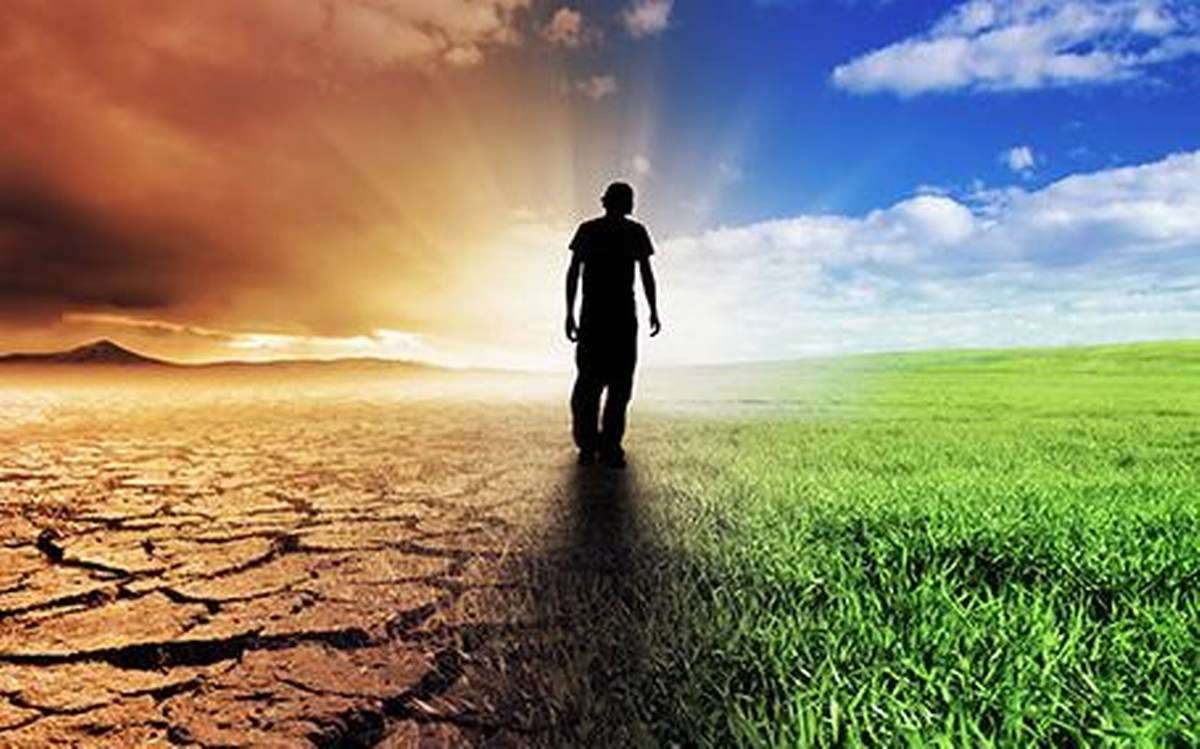Reflections after reading Sarah Milburn’s article on ‘Young People and Hope’ and Russell Brown’s article on LinkedIn – ‘Trust – building (and rebuilding)’.
Although many young people think climate change is an important societal issue, studies indicate that pessimism, anxiety and fear is common. How do we communicate with young people around these issues? How do we find ways to instil hope? Will doom-and-gloom messages scare people into action, or cause them to give up? Will emphasizing hope put people in a can-do frame of mind, or reduce their sense of urgency?
How we communicate with young people on these important issues is as important as what we communicate. Many young people are very aware (in some instances more aware than adults) of the current environmental crisis. However, in order to help students, feel hope for the future we must build trust, which is why @solutions_for_the_planet works over a period of time with pupils and schools. As Russell points out, ‘Establishing a human connection is an essential element in building Trust. People build bonds with people they feel they are connected; friendships are built on connections. We need to find a common ground with which to form a connection. To do this we need to ask questions and really listen. Show curiosity, respect and honesty and a willingness to share. Really listen. Embrace diversity and all the benefits that this can bring and seek to find the similarities and opportunities to build the trust.’
Studies have been undertaken considering how to communicate with young people around worrying societal issues, in particular climate change (Source: Marlon J.R. et al. “How Hope and Doubt Affect Climate Change Mobilization.” Frontiers in Communication 2019). These studies identified two different kinds of climate hope: constructive hope, meaning the belief that people will take actions to avert climate disaster; and false hope or wishful thinking, a belief that some outside force such as God, nature, or technology will solve the problem.
Similarly, the studies reflected two different kinds of doubt: constructive doubt, or the worry that people might not take sufficient action in time to solve climate change; and fatalistic doubt, the conviction that nothing humans can do will make a difference or that it’s too late to do anything.
People who have constructive hope tend to believe individual action against climate change can be effective, they support climate policies, and say they will engage politically. The study suggests how climate change communicators could precisely tailor their messages for best results. ‘They can focus on building constructive hope, by emphasizing climate solutions that exist and describing how people are fighting climate change. Meanwhile, they can also make space for constructive doubt by emphasizing the magnitude of the threat and the need to step up our efforts’.
Our focus on Constructive Hope, Human Connections, Future-Orientated Positive Solutions, Education for Positive Action and the use of the Language of Possibilities makes Solutions for the Planet’s educational programmes critical to ensuring positive, hopeful and action-orientated young people now and in the future.


